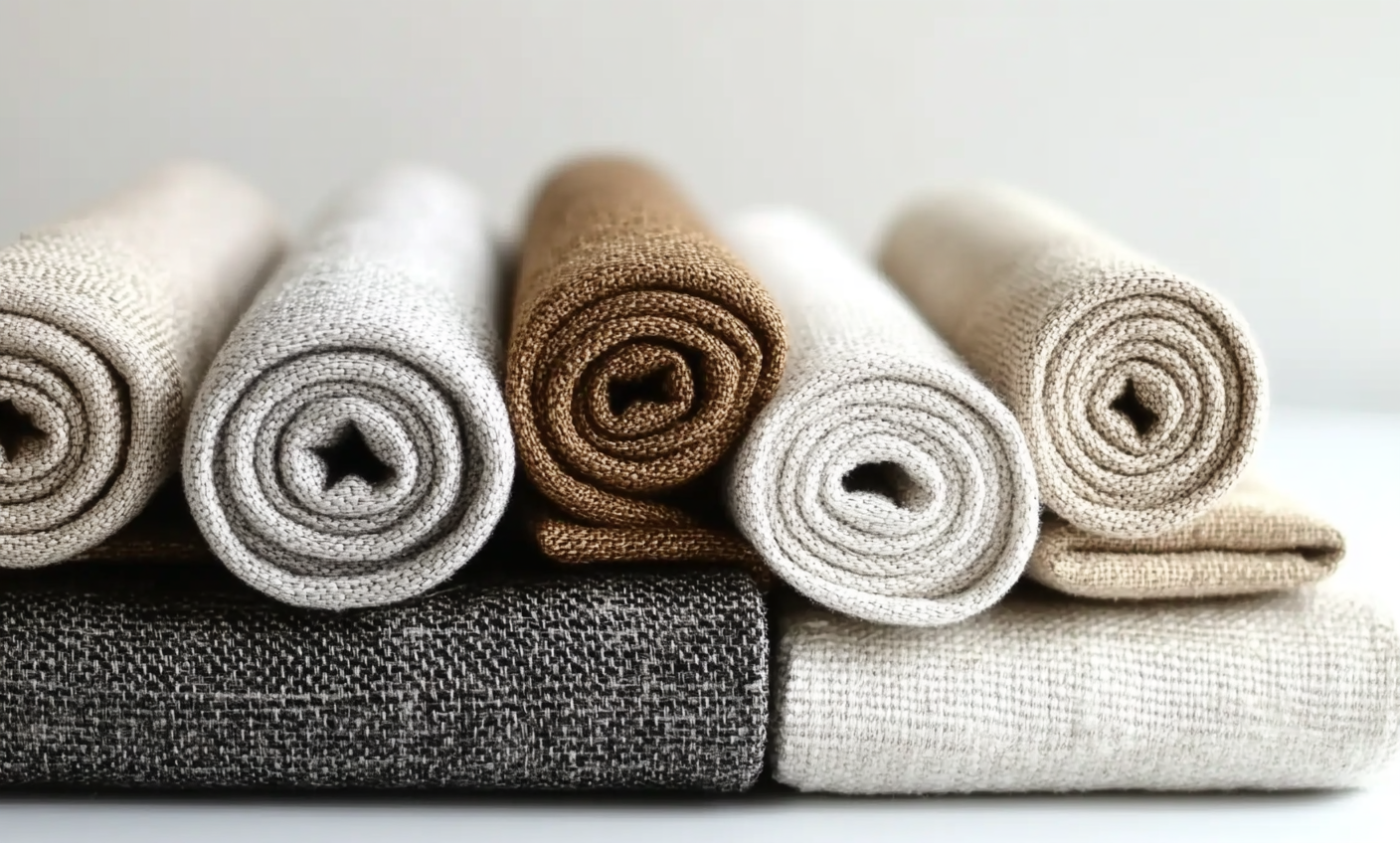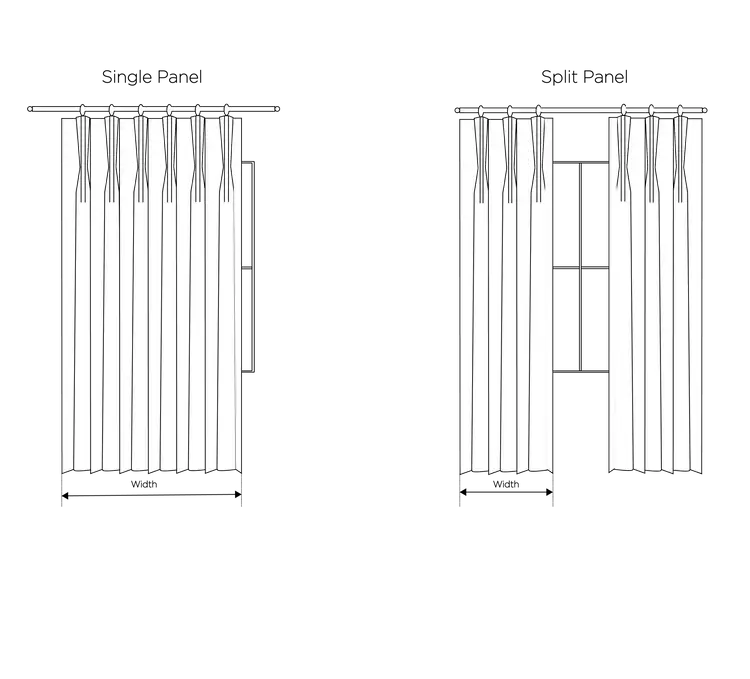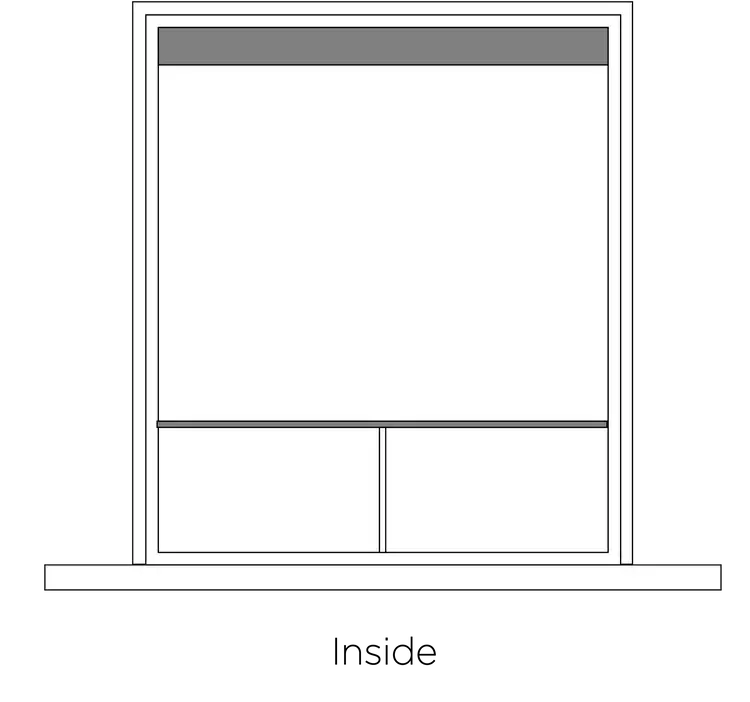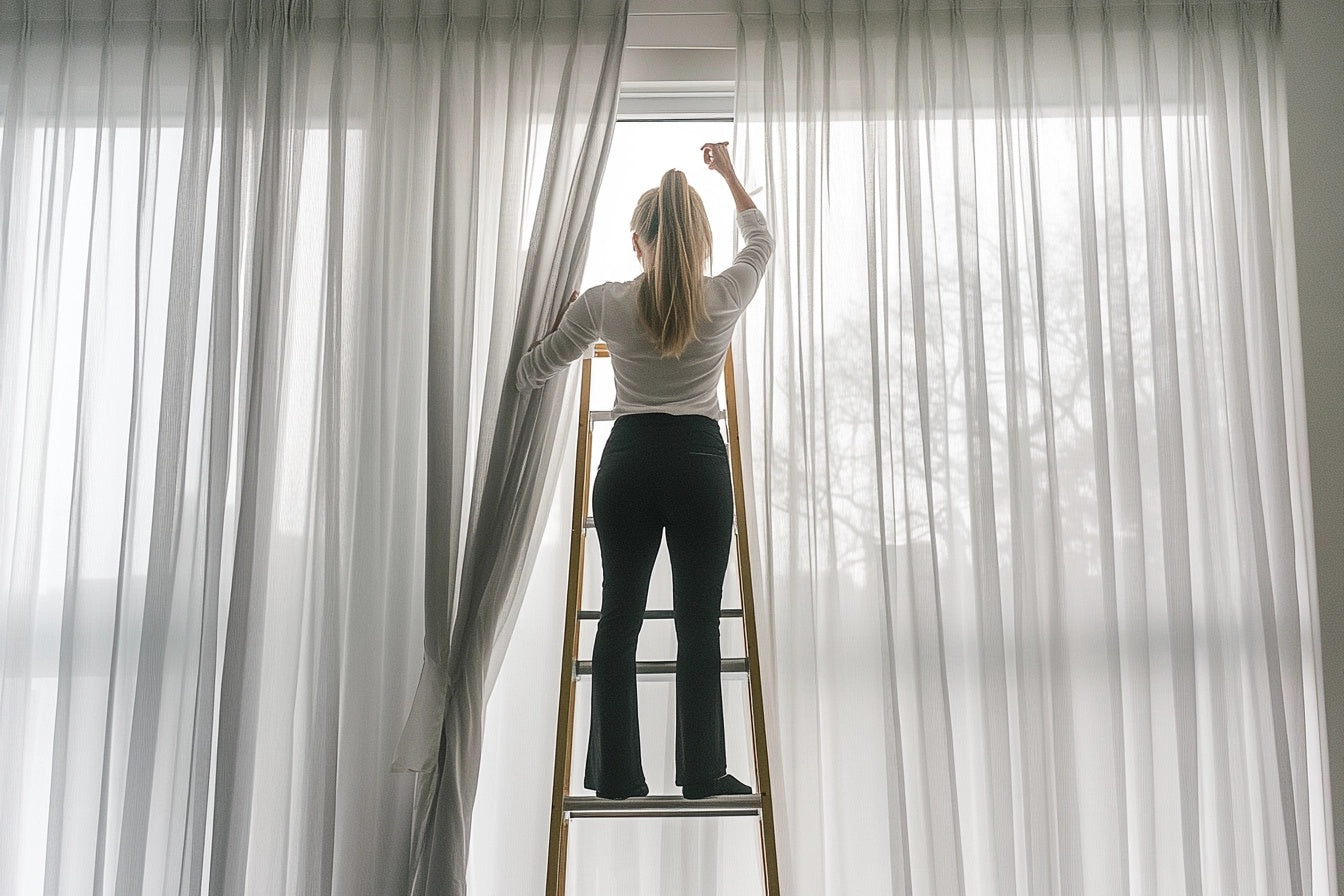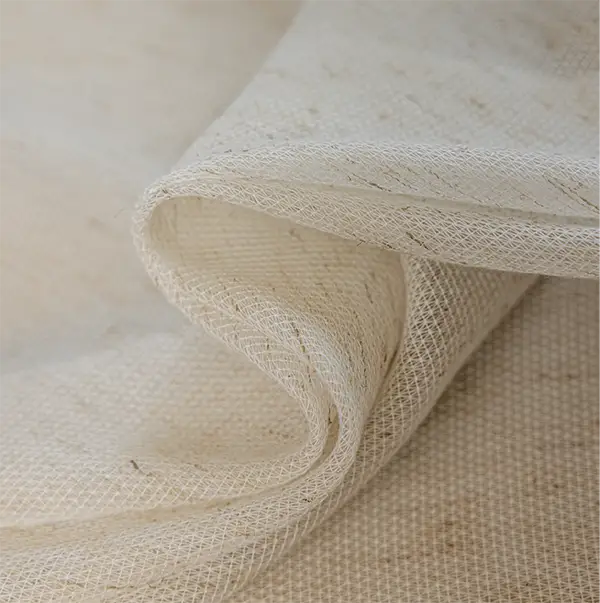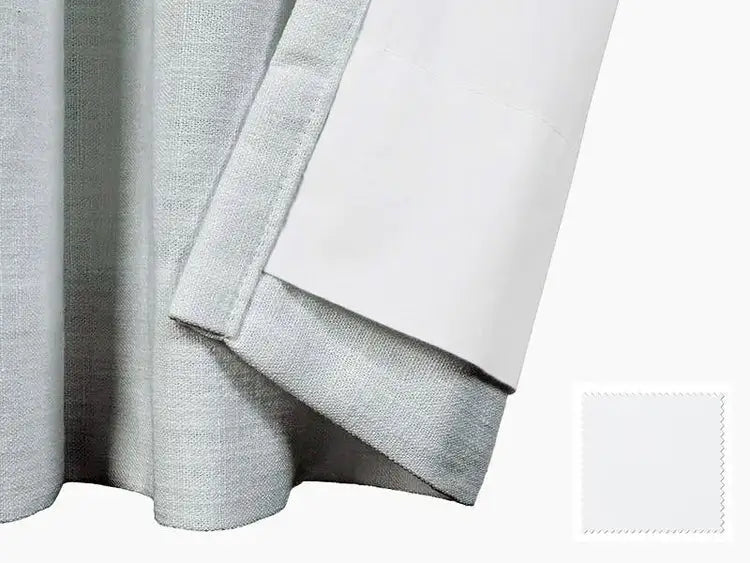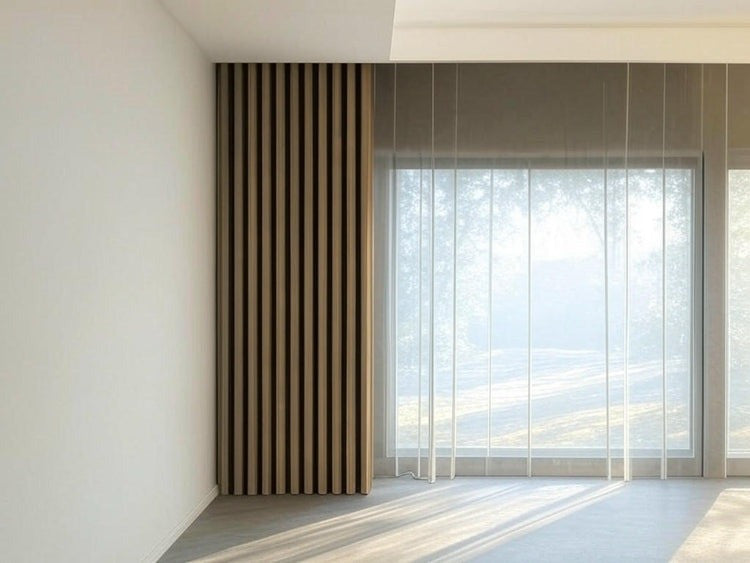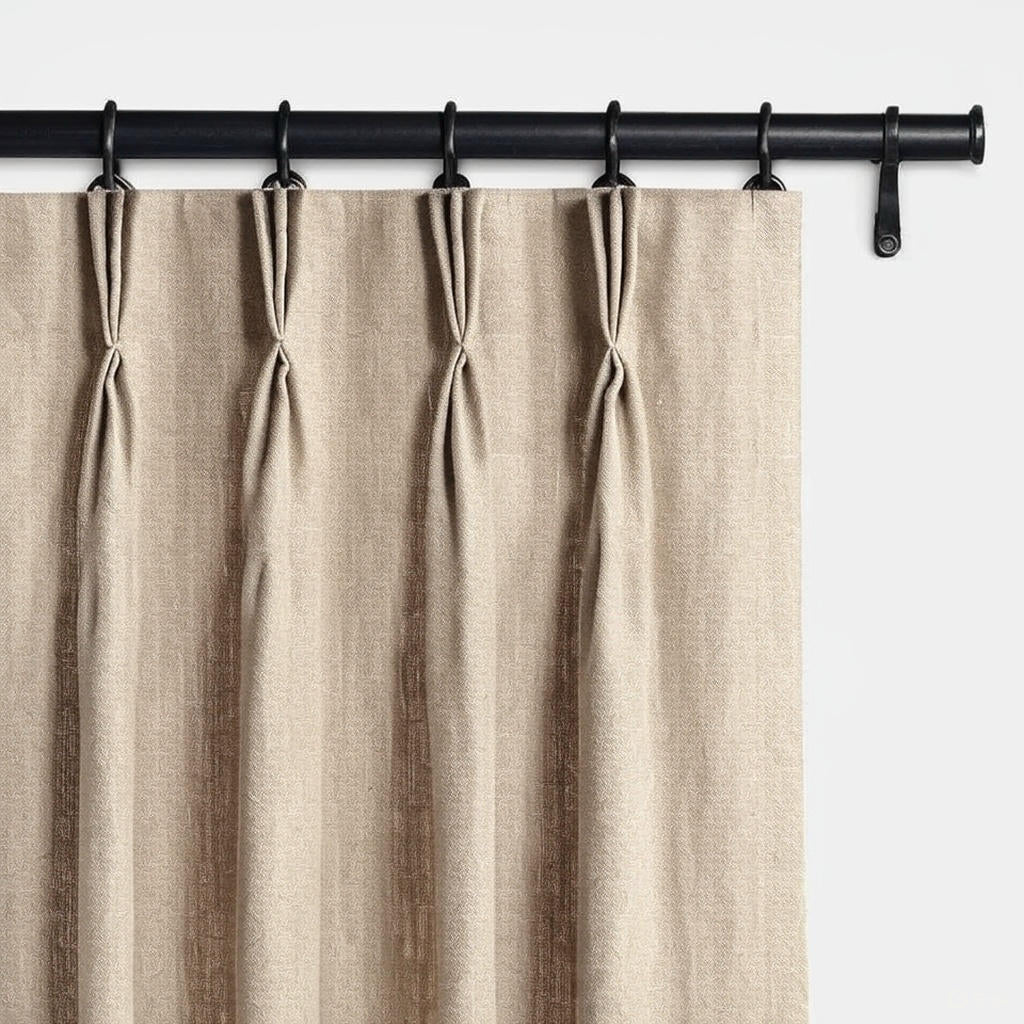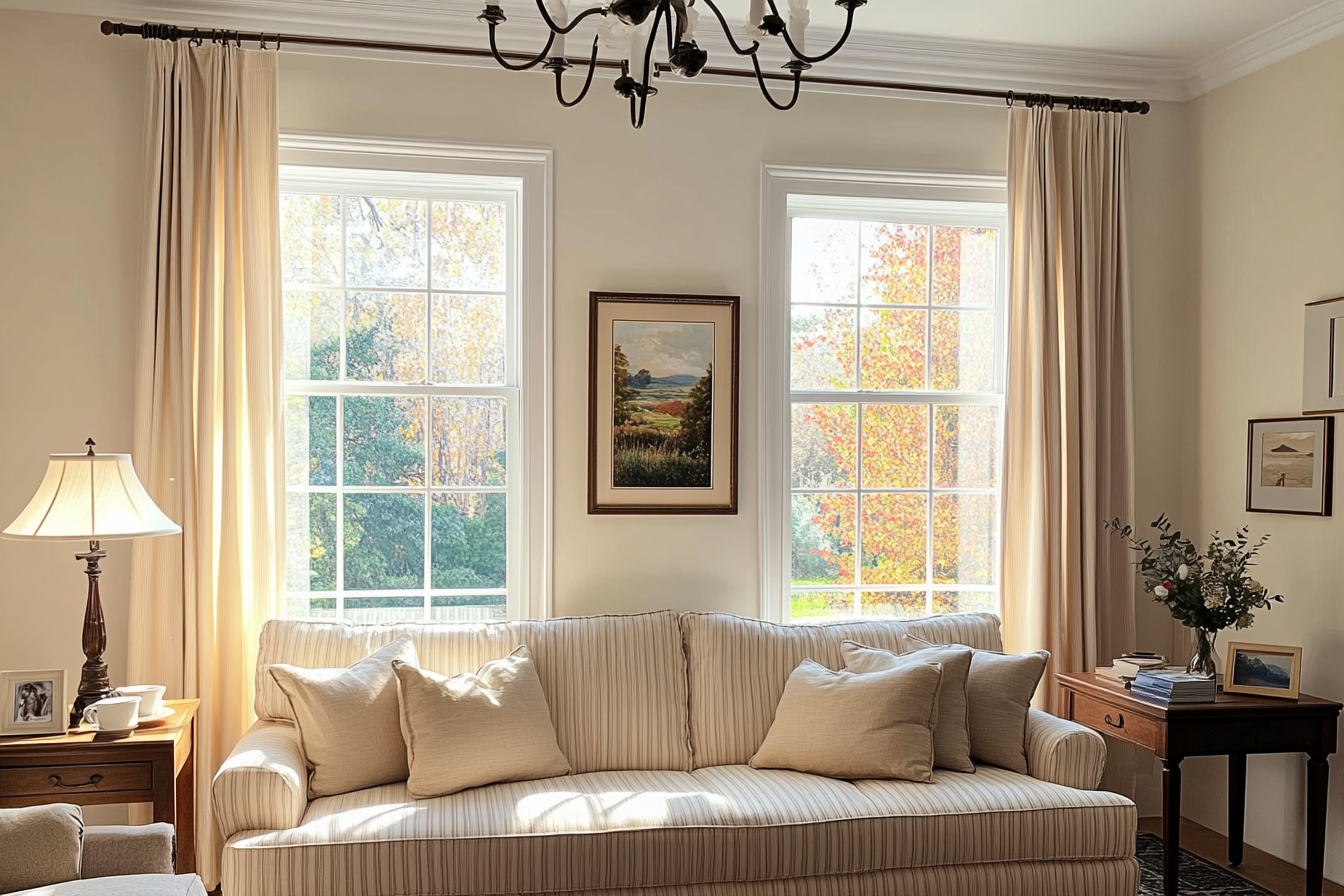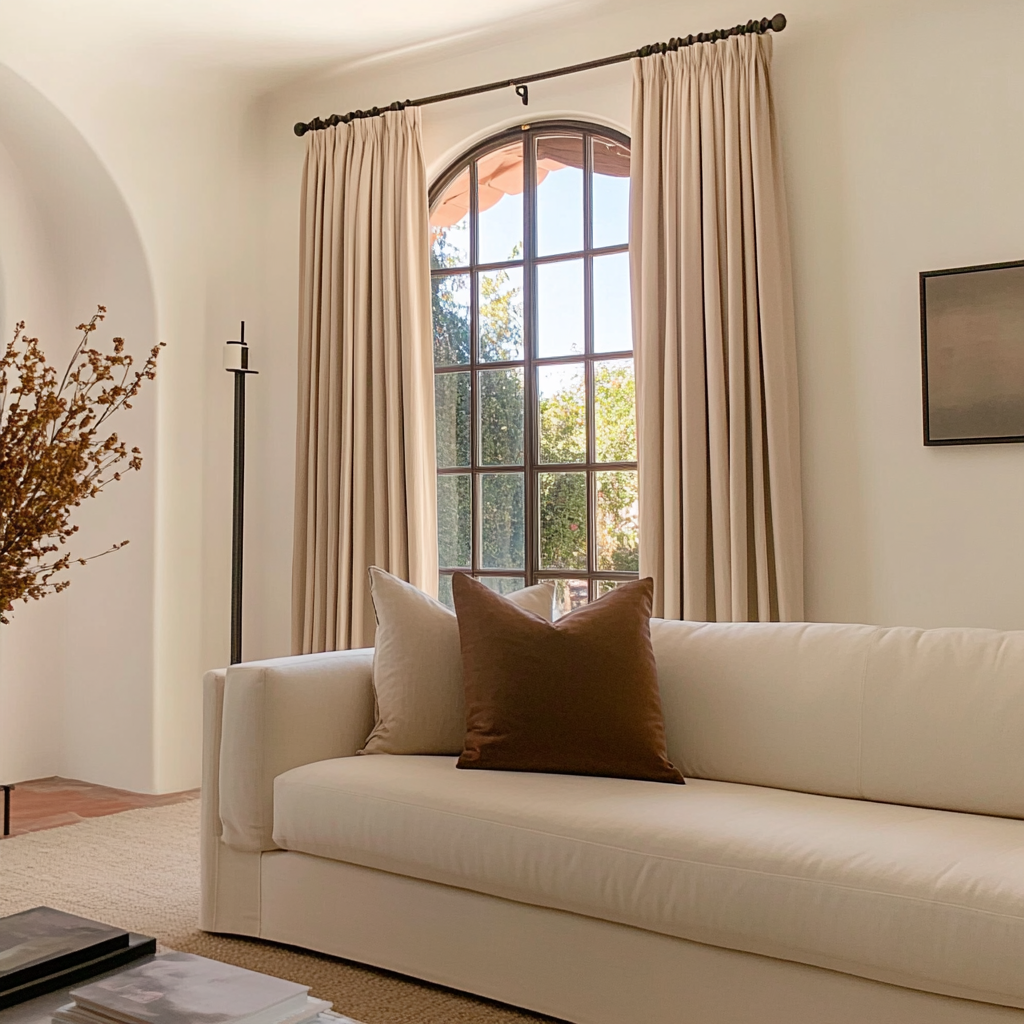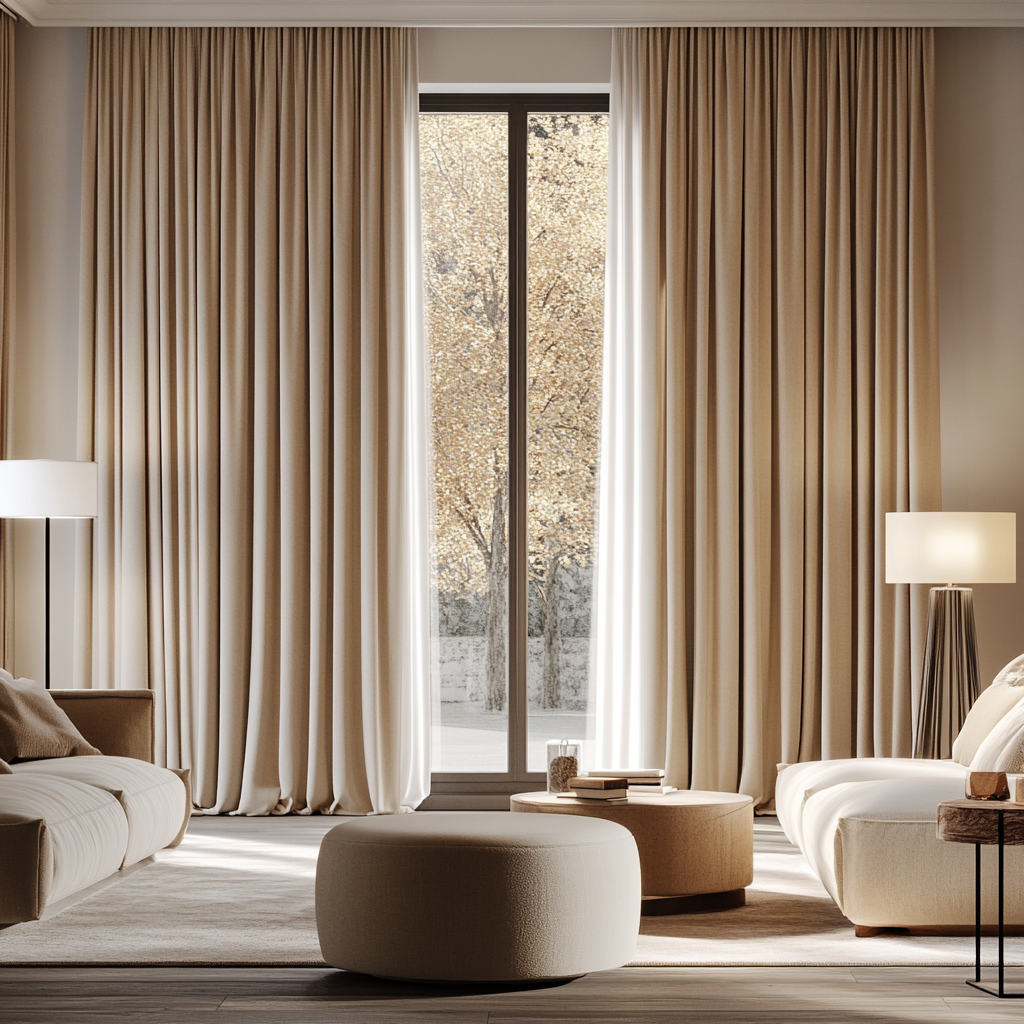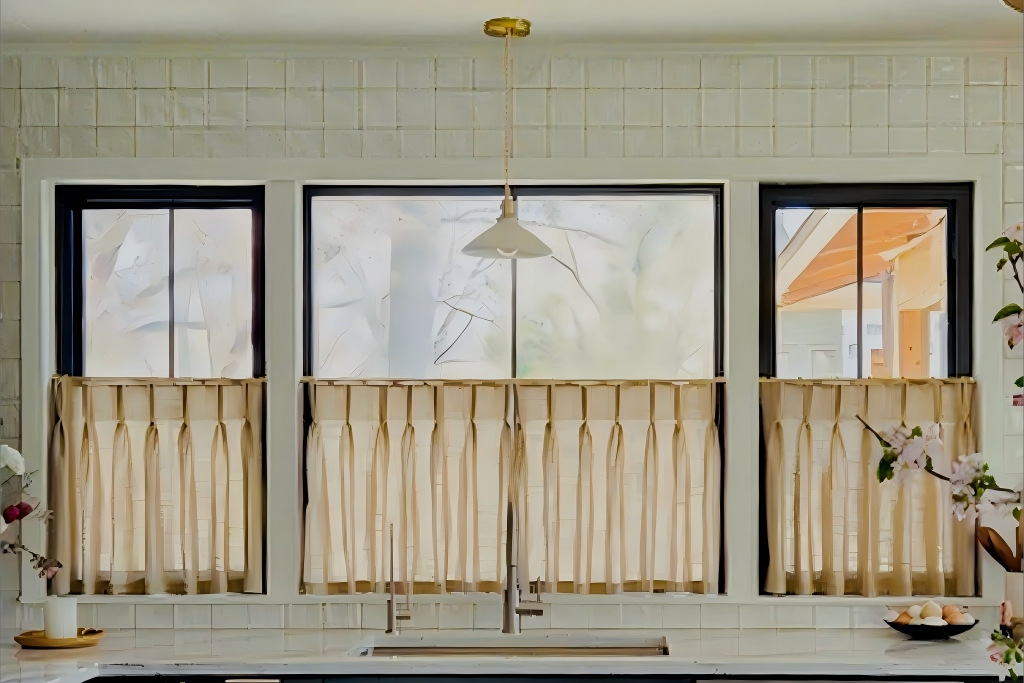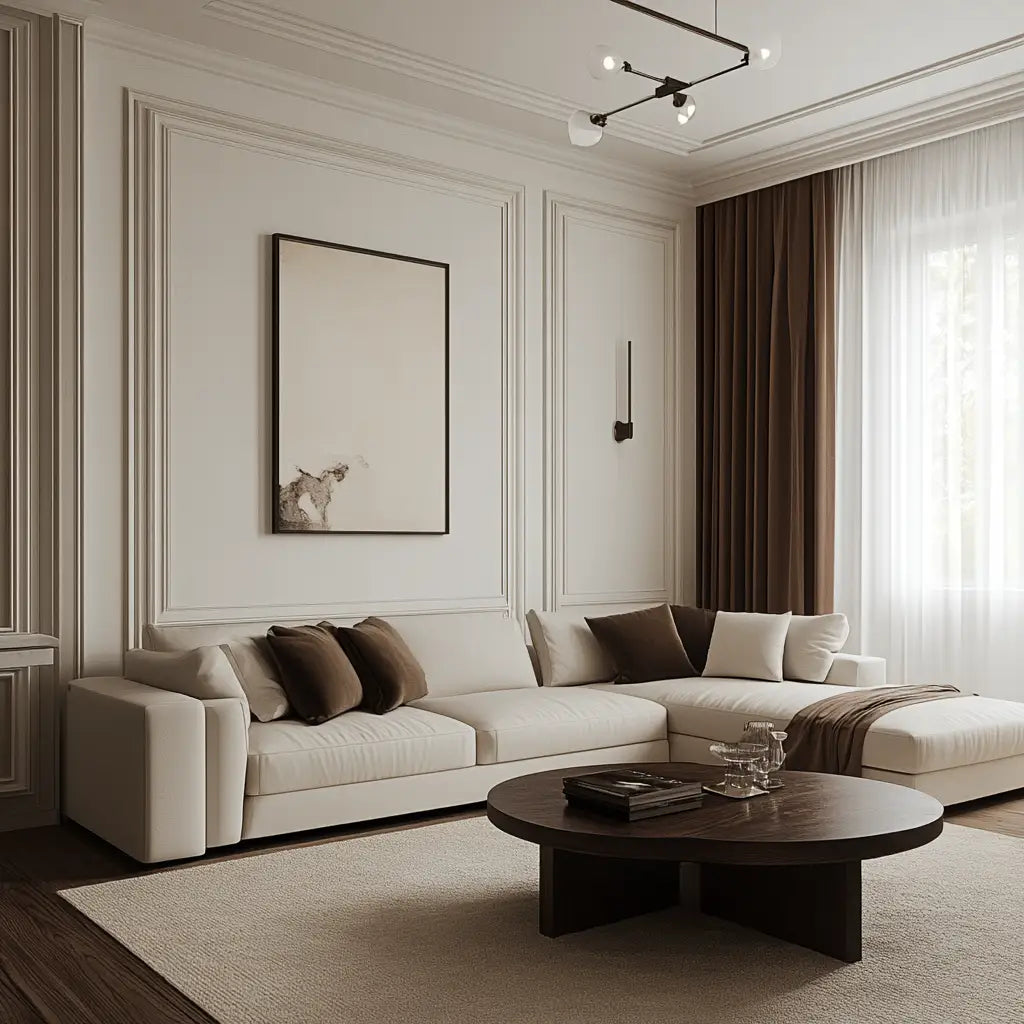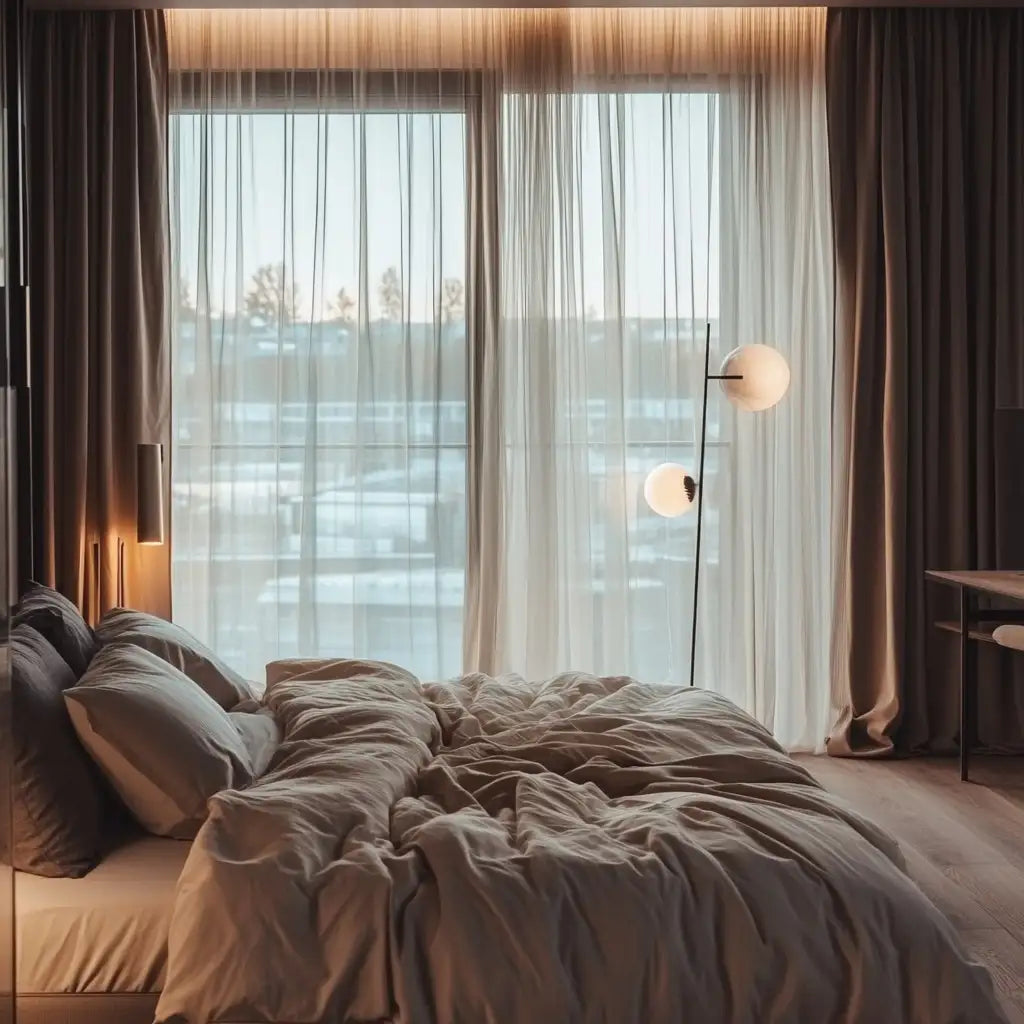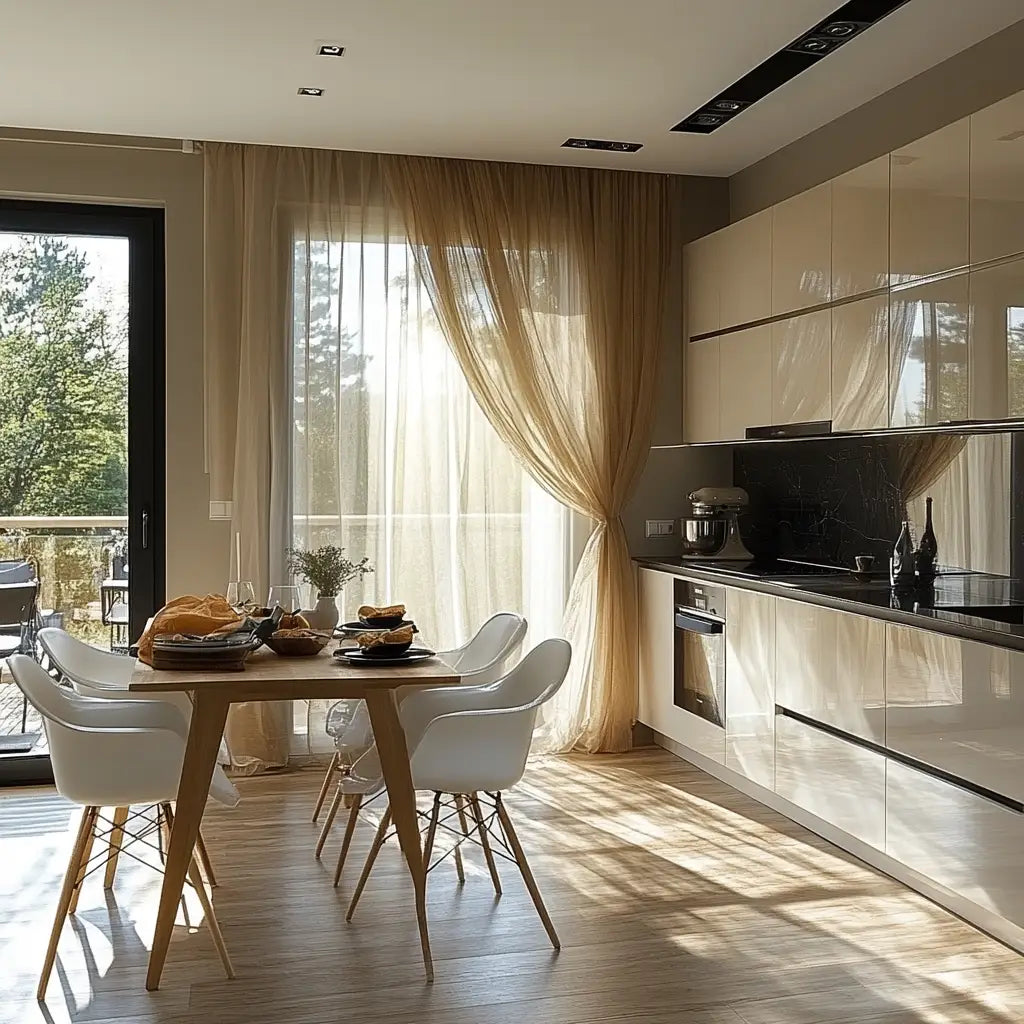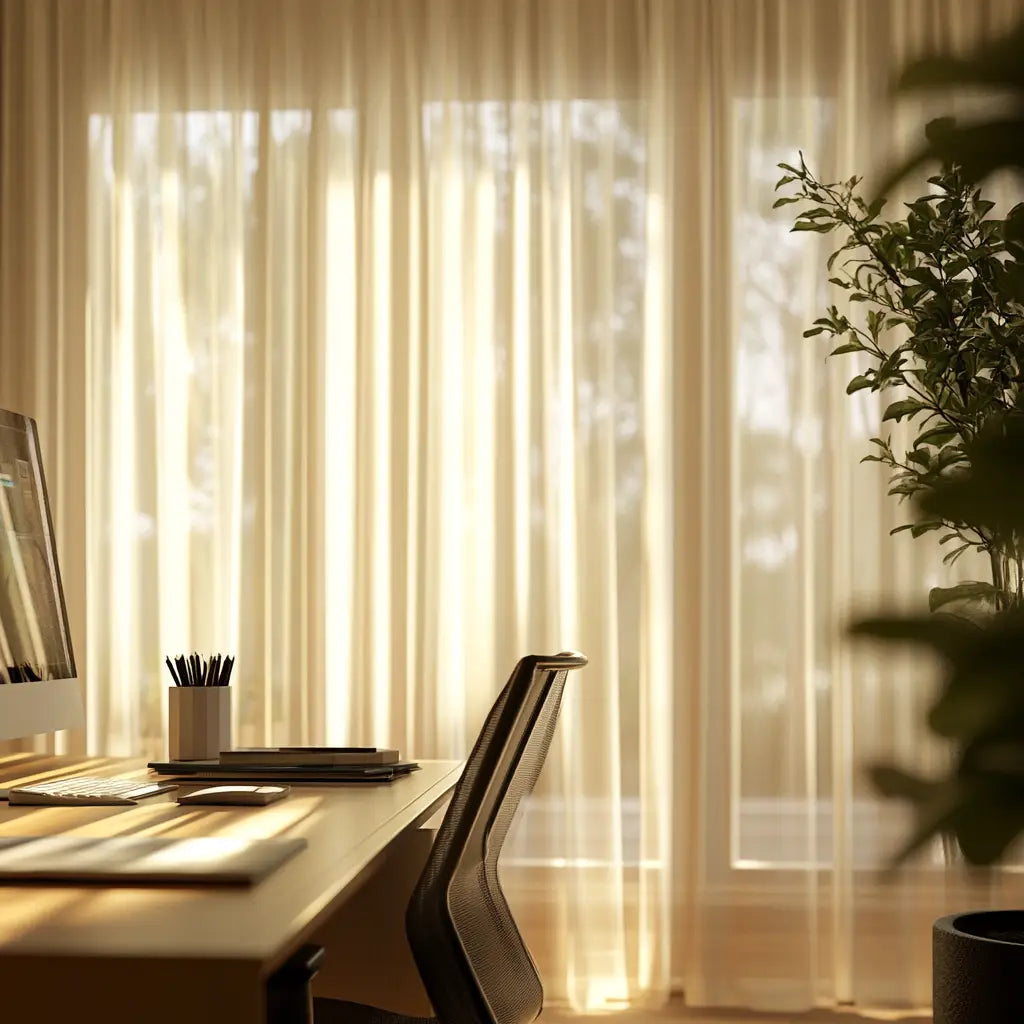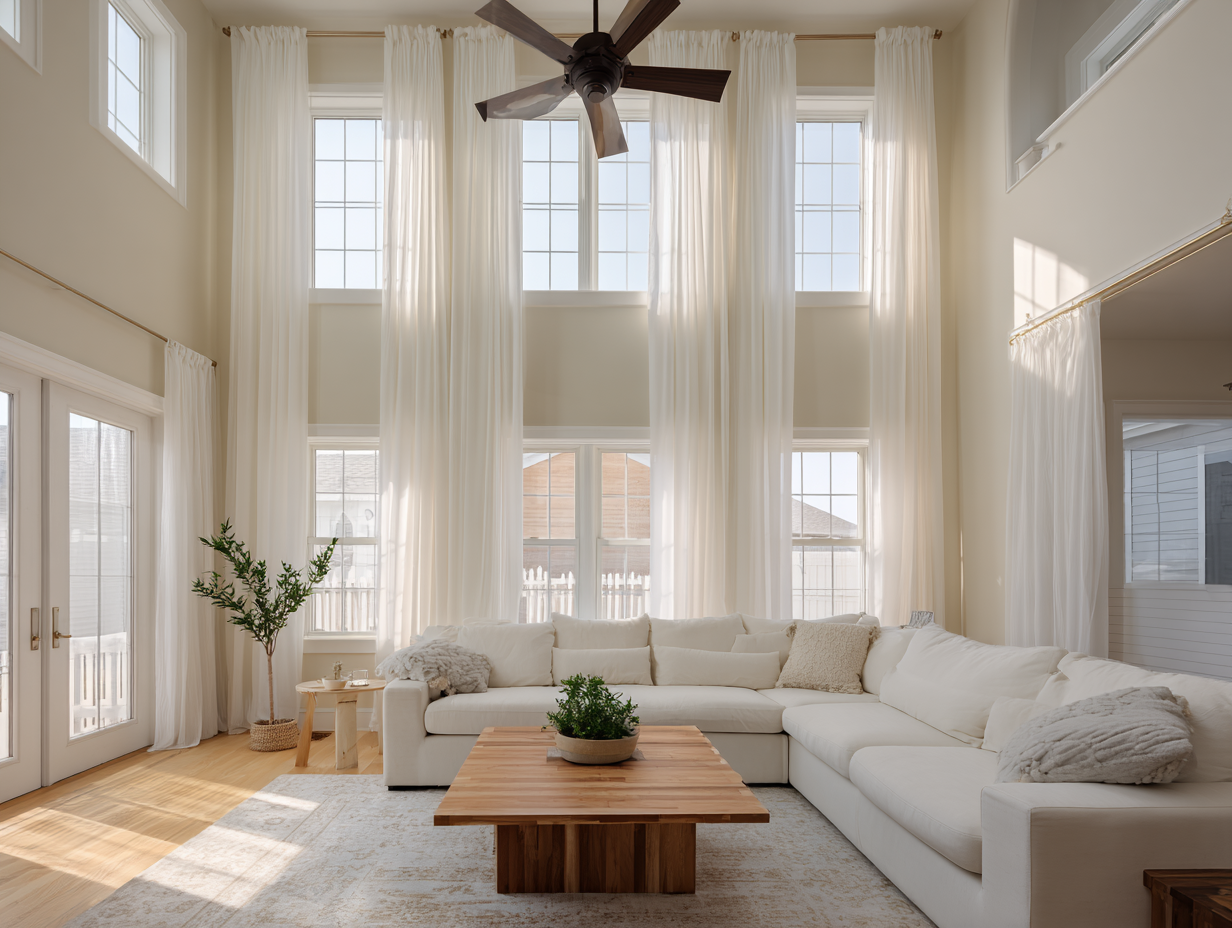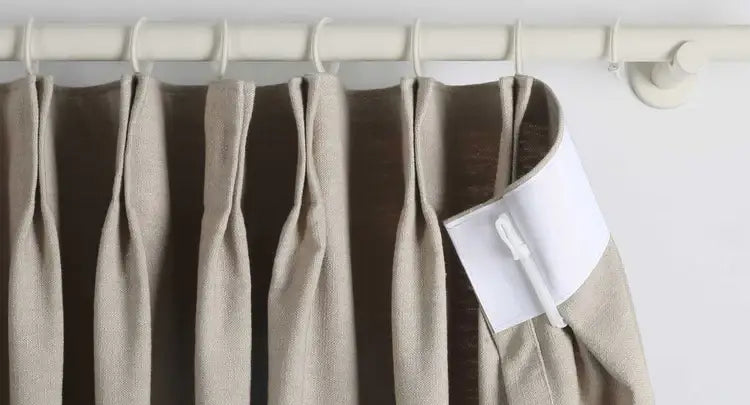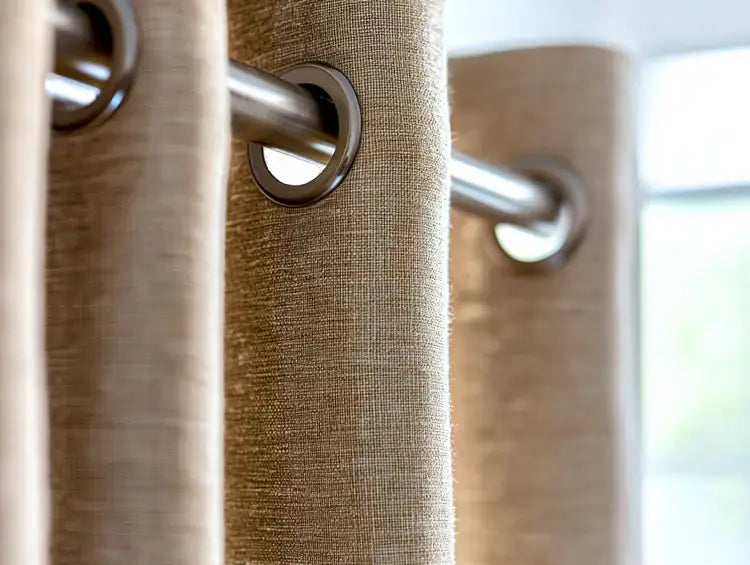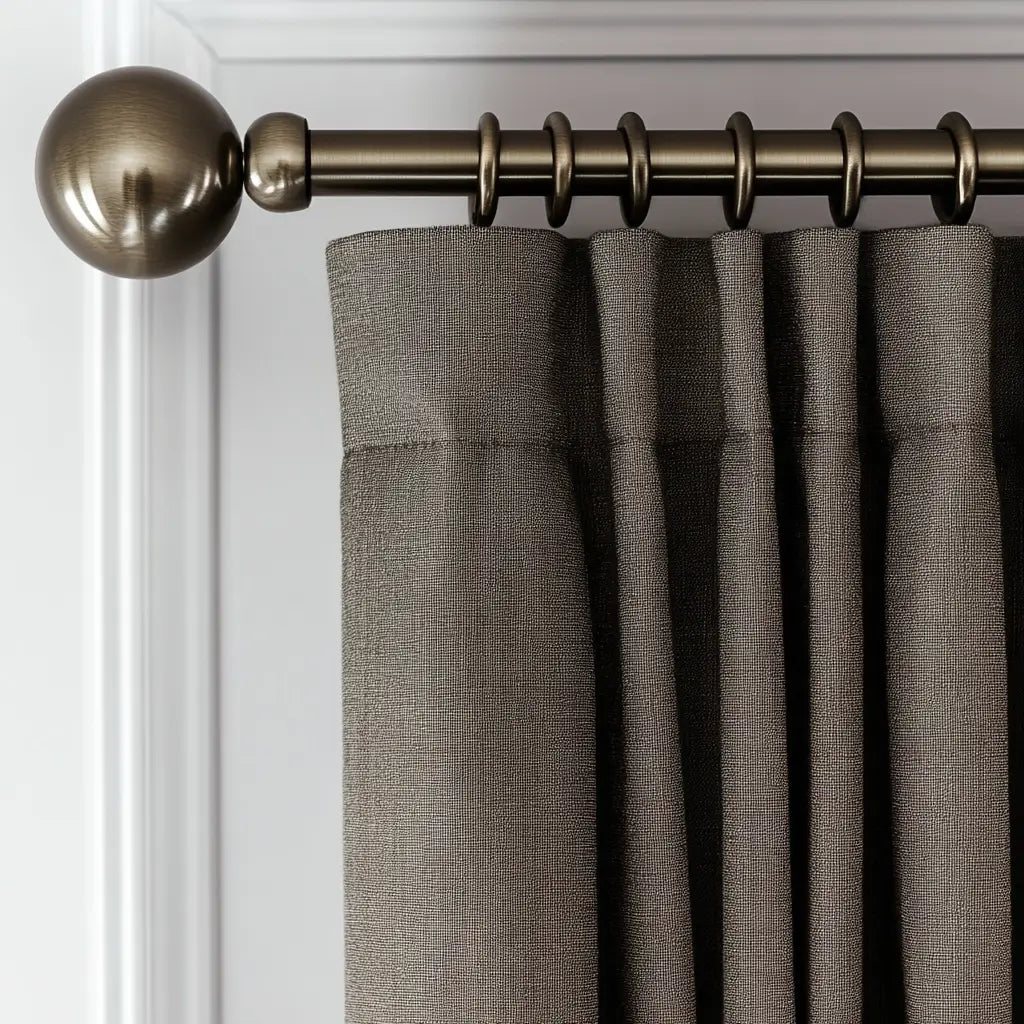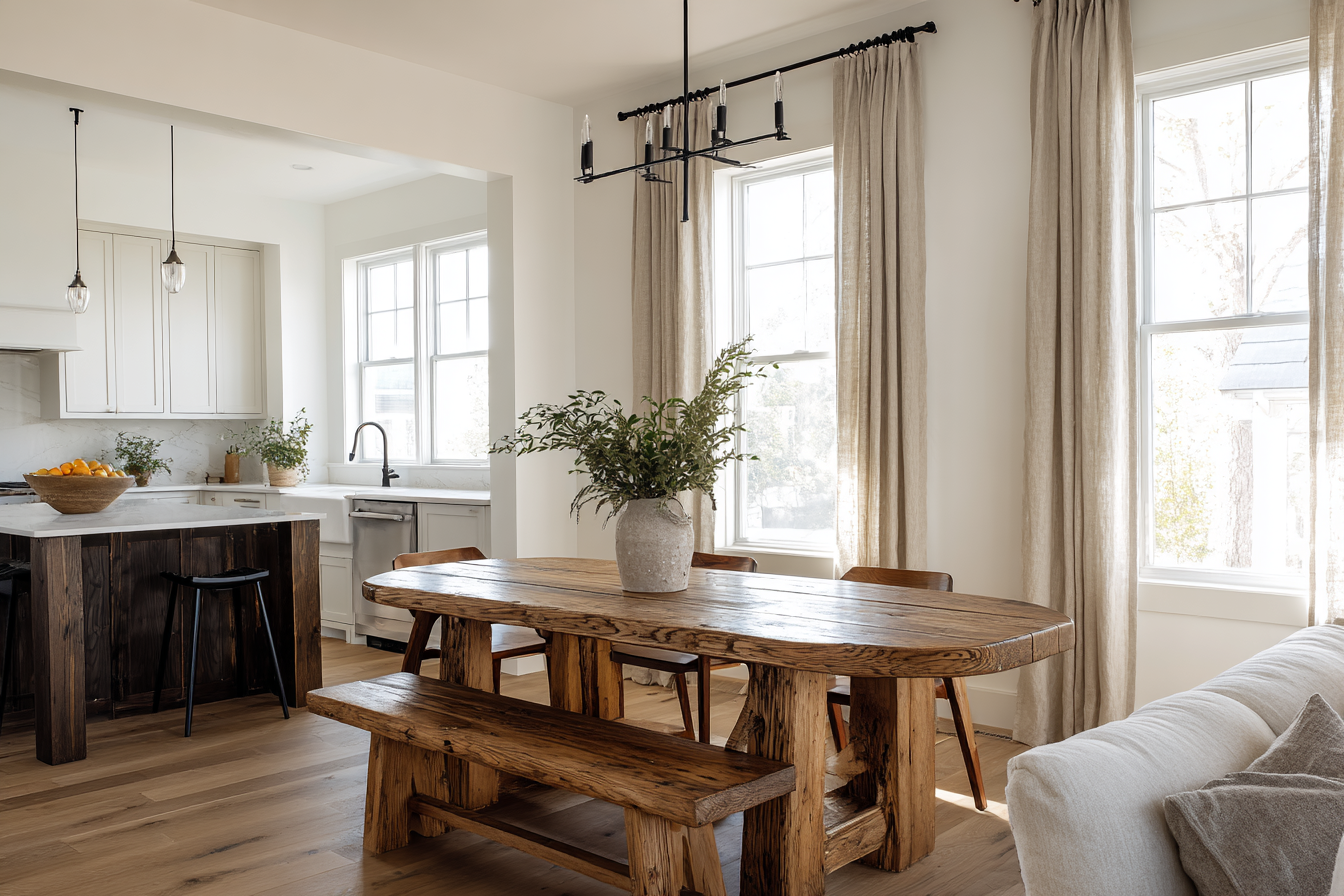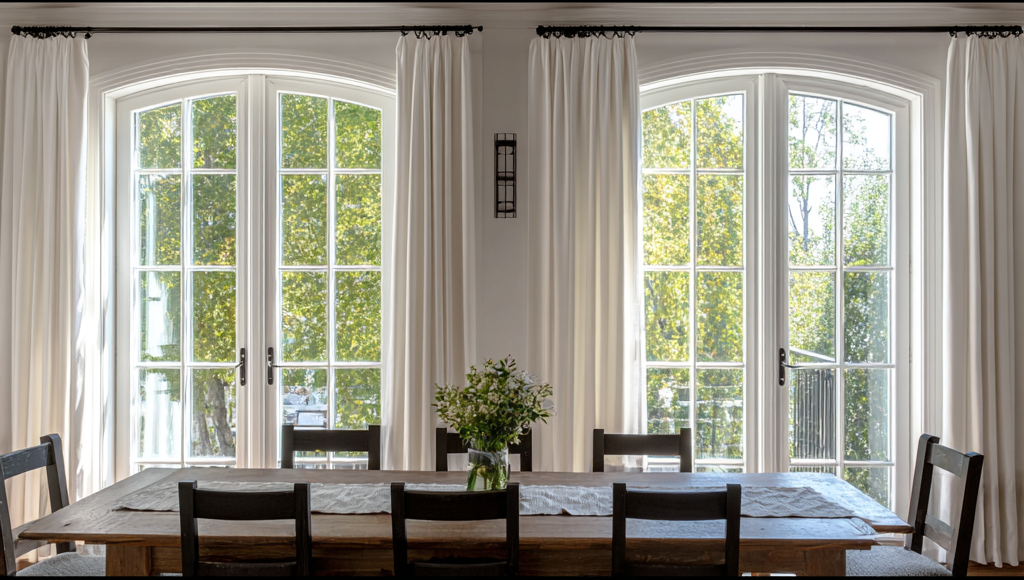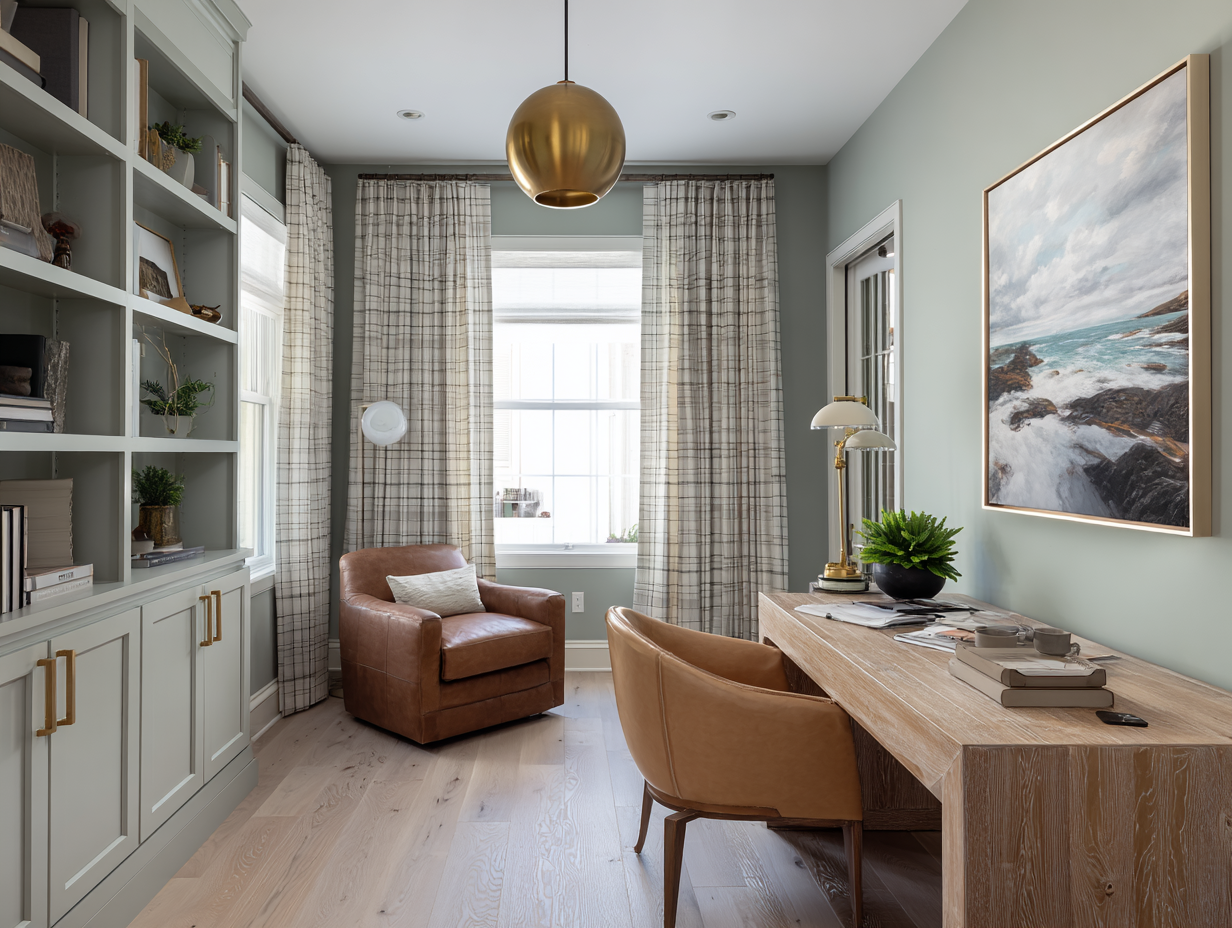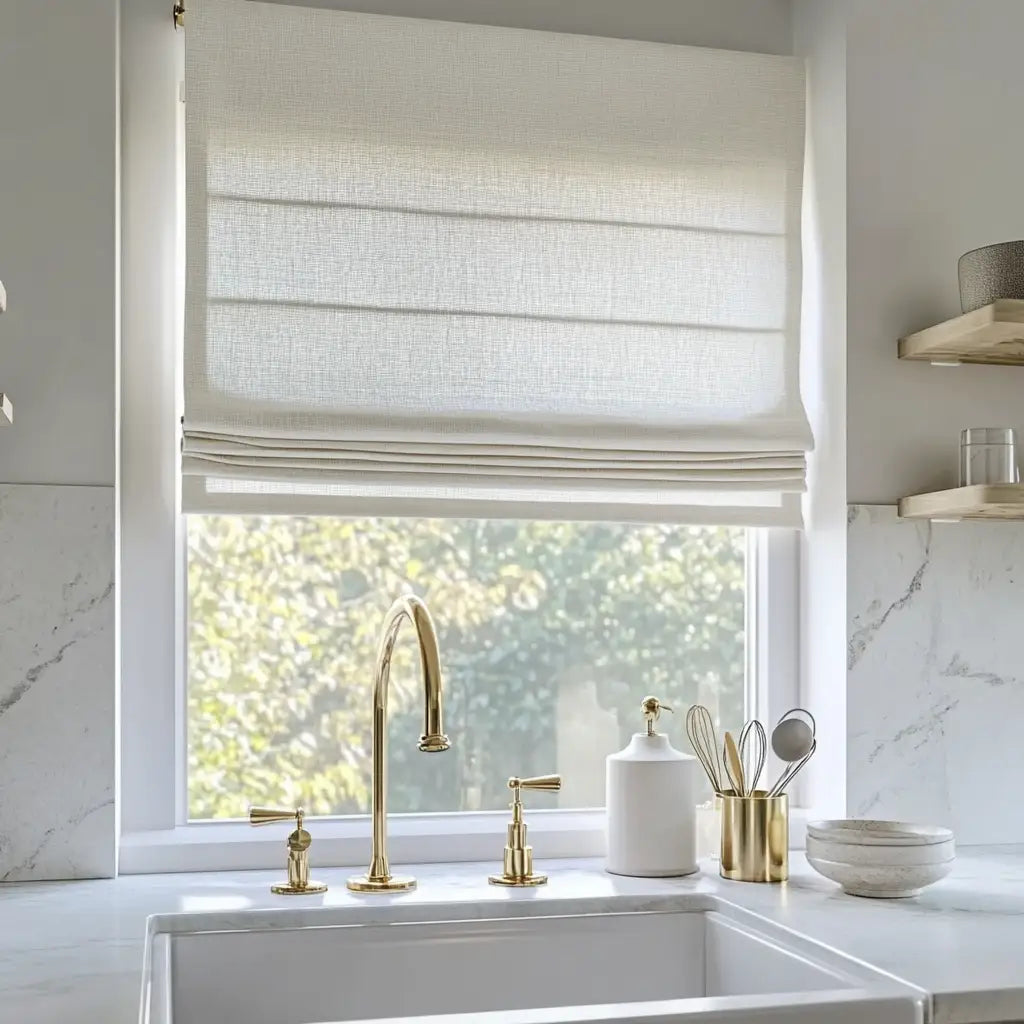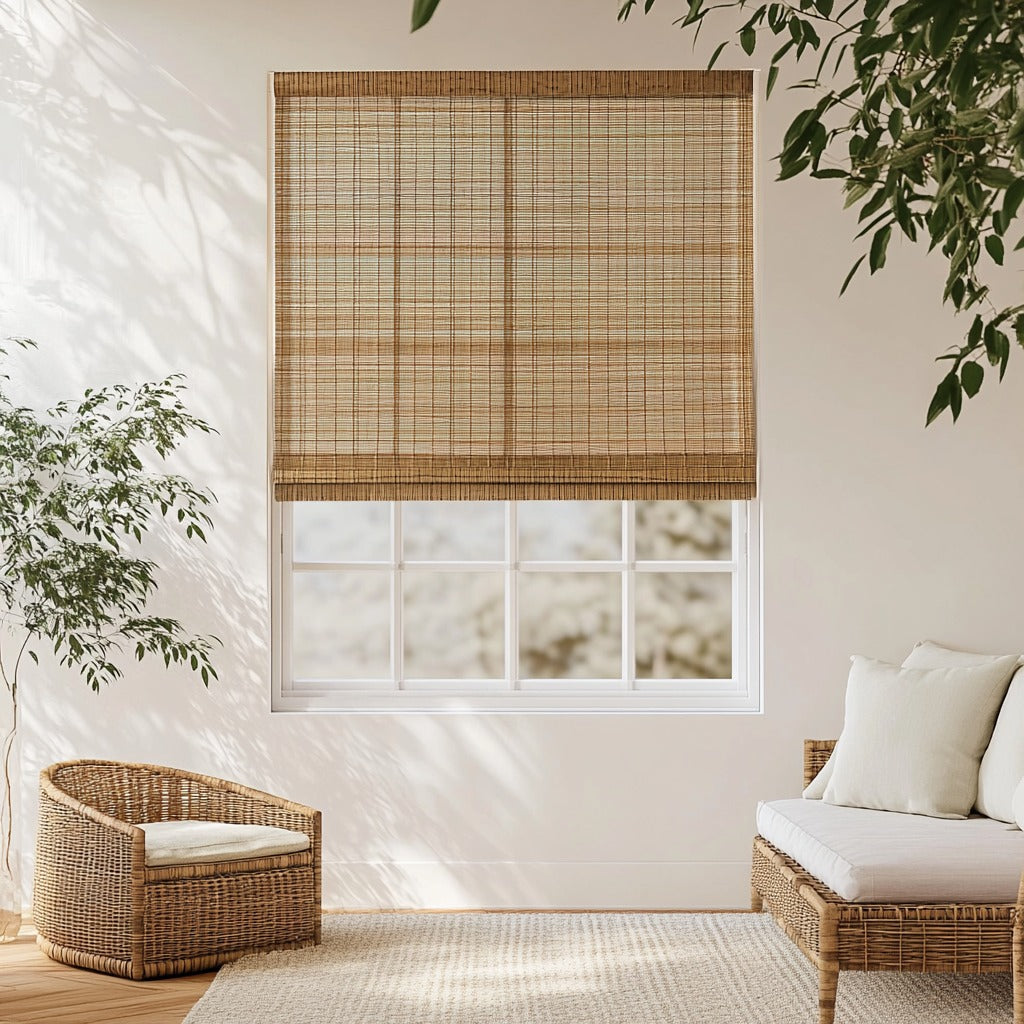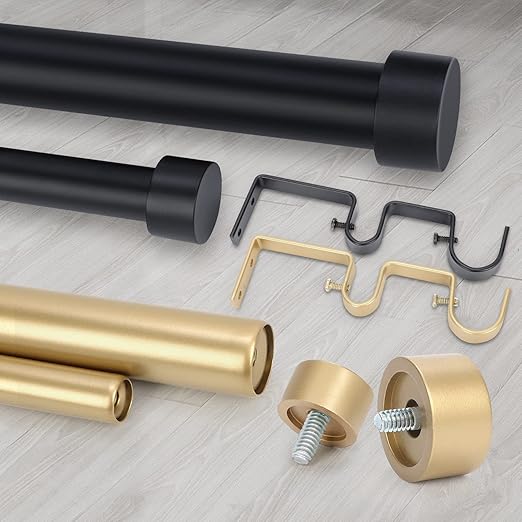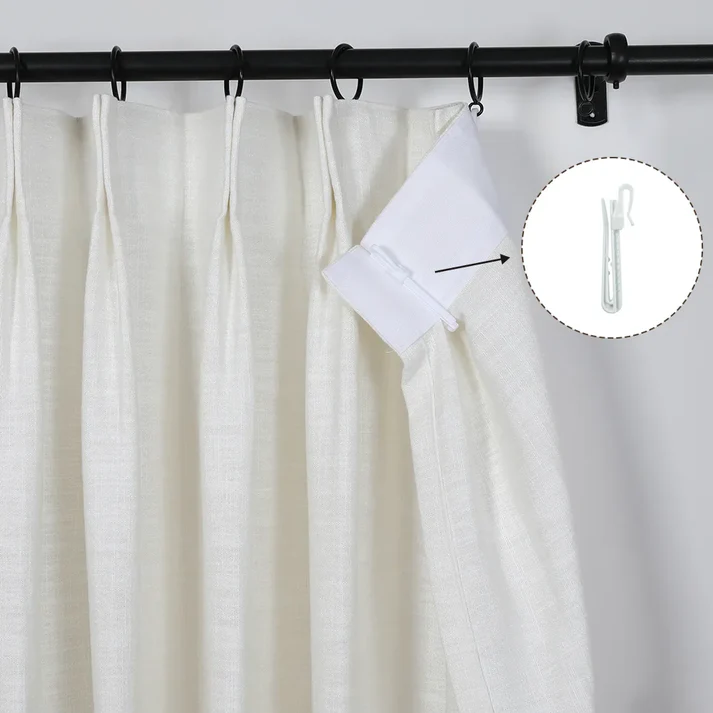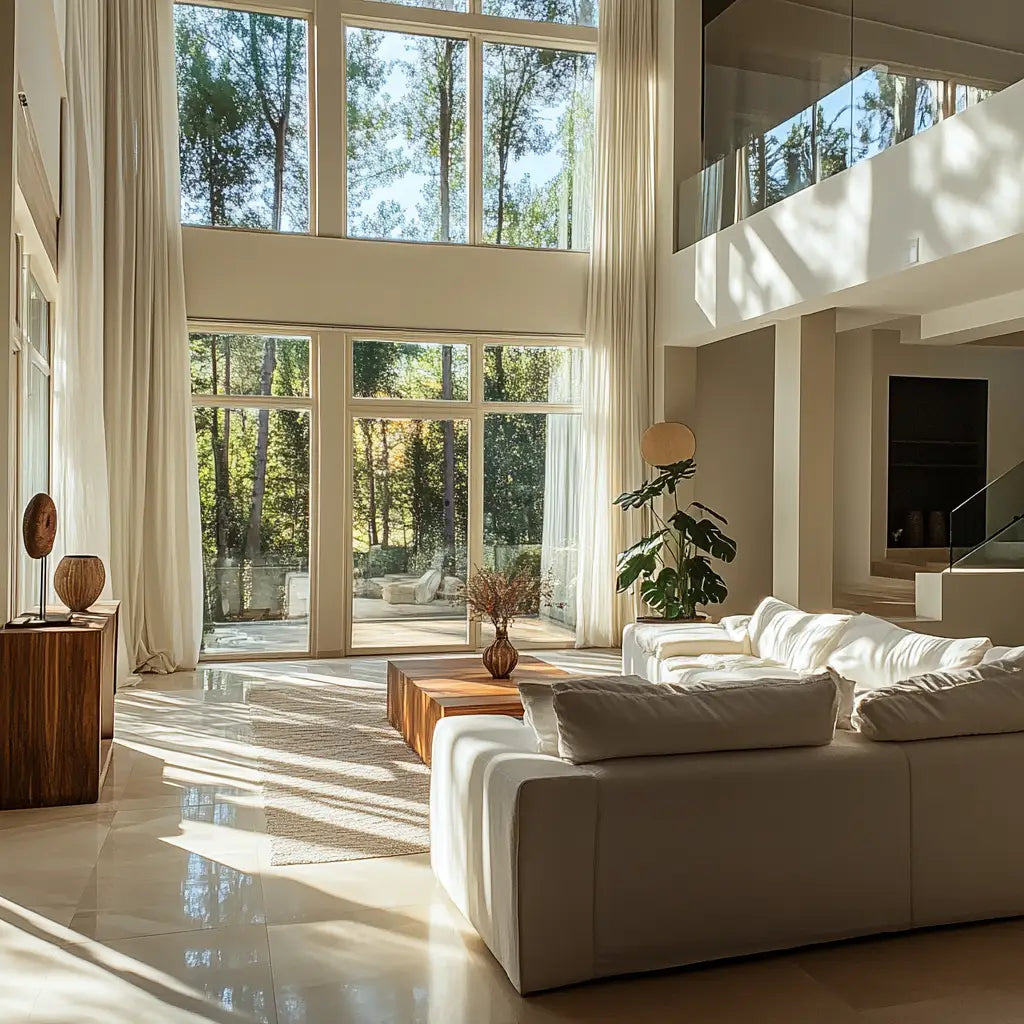
Drapes for Dining Room: How I Found the Perfect Fit for My Space
When I first moved into my new home, the dining room felt incomplete.
Something about the space lacked warmth and elegance.
I realized the problem wasn’t the furniture or the lighting.
It was the absence of the right window treatment.
So began my journey to find the perfect drapes for dining room.
What I thought would be simple turned into a design adventure.
My Starting Point: Too Many Choices
The first challenge was the sheer variety of drapes available.
Velvet, linen, sheer, blackout—each had its own appeal.
Did I want heavy luxury or light minimalism?
Should I prioritize insulation or pure aesthetics?
I spent evenings comparing textures and swatches.
On my dining table, fabric samples piled high like design notes.
One option stood out—
the chevron textured linen thermal drape.
It promised both elegance and practical performance.

Exploring Fabric and Style Options
I experimented with velvet drapes in a deep burgundy shade.
They instantly transformed the room into a formal dining space.
But during the day, the richness felt a little too heavy.
The fabric absorbed light rather than enhancing it.
Next came linen dining room curtains.
Light, airy, and casual, they gave the room a breezy charm.
Yet, they lacked the dramatic statement I desired.
I still longed for a balance between luxury and comfort.
I even considered blackout dining room drapes.
They worked perfectly for privacy but seemed excessive for dining.

What I Learned About Insulation, Privacy, and Aesthetics
Through this exploration, I realized dining rooms need balance.
Too much transparency and the room feels exposed.
Too much heaviness and the room feels overly formal.
I wanted drapes that adjusted to different moments.
Drapes for dining room
should add visual harmony, while also serving a purpose.
Insulation became an unexpected benefit.
During winter dinners, the space stayed warmer and cozier.
Privacy was another pleasant surprise.
The right drapes made the dining room intimate and inviting.

Why I Picked Drapes Over Others
Along the way, I considered blinds and roller shades.
Both offered functionality, but something was missing.
Blinds added sharp lines that clashed with my dining table.
Roller shades lacked the dimension I wanted.
Drapes, however, had movement and presence.
They softened the room without overwhelming it.
They created a backdrop that elevated my table settings.
Suddenly, meals felt like special occasions.

Installation — Lessons Learned
The day of installation was eye-opening.
I realized how important hardware was in this process.
I chose sturdy brackets and rods to hold the weight.
Proper alignment made the pleats fall gracefully.
At first, I worried about getting the length right.
But once in place, the proportions suited the space perfectly.
Now, my dining room feels curated and refined.
The luxury dining room drapes
give the room depth without stealing attention.

Final Results & Biggest Surprise
When I finally stepped back, I was stunned.
The transformation was more than decorative.
The dining room now feels like the heart of my home.
It’s where family gathers, and conversations linger longer.
What surprised me most was how drapes set the mood.
Evening dinners now carry a sense of elegance.
The fabric texture, the folds, the way light filters—
all of it creates a dining space I never want to leave.
In the end, choosing the right drapes wasn’t about fabric alone.
It was about creating an atmosphere where memories are made.
Frequently Asked Questions
Q1: What fabric is best for dining room drapes?
The best choice depends on your style and needs. Velvet adds luxury and warmth, while linen brings a light, airy look. For privacy or light control, thermal or blackout drapes work well in dining rooms.
Q2: Should dining room drapes be long or short?
Floor-length drapes are most popular for dining rooms, as they create a more elegant, formal atmosphere. Shorter drapes may suit casual or modern spaces but often lack the same impact.
Q3: How do I clean and maintain dining room drapes?
Light vacuuming or brushing helps keep drapes dust-free. For deep cleaning, most velvet and thermal fabrics should be professionally dry-cleaned. Linen or cotton options may allow gentle machine washing.
Q4: Do dining room drapes help with insulation and noise?
Yes, heavier fabrics such as velvet or thermal-lined drapes improve insulation by reducing drafts. They can also absorb sound, creating a cozier and quieter dining environment.
Random Articles
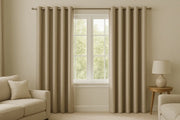
Optimize your living room with drapes that combine style, seasonal comfort, and energy savings.

Solid curtains bring simplicity and elegance to modern homes. Explore styles, uses, and maintenan...
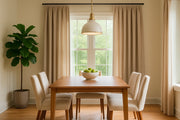
Dining room drapes shape light and mood. Learn how linen, velvet, and blackout styles elevate eve...
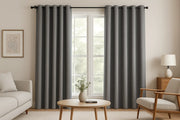
Grommet drapes combine modern style with practical benefits. Explore why they’re trending, how to...

